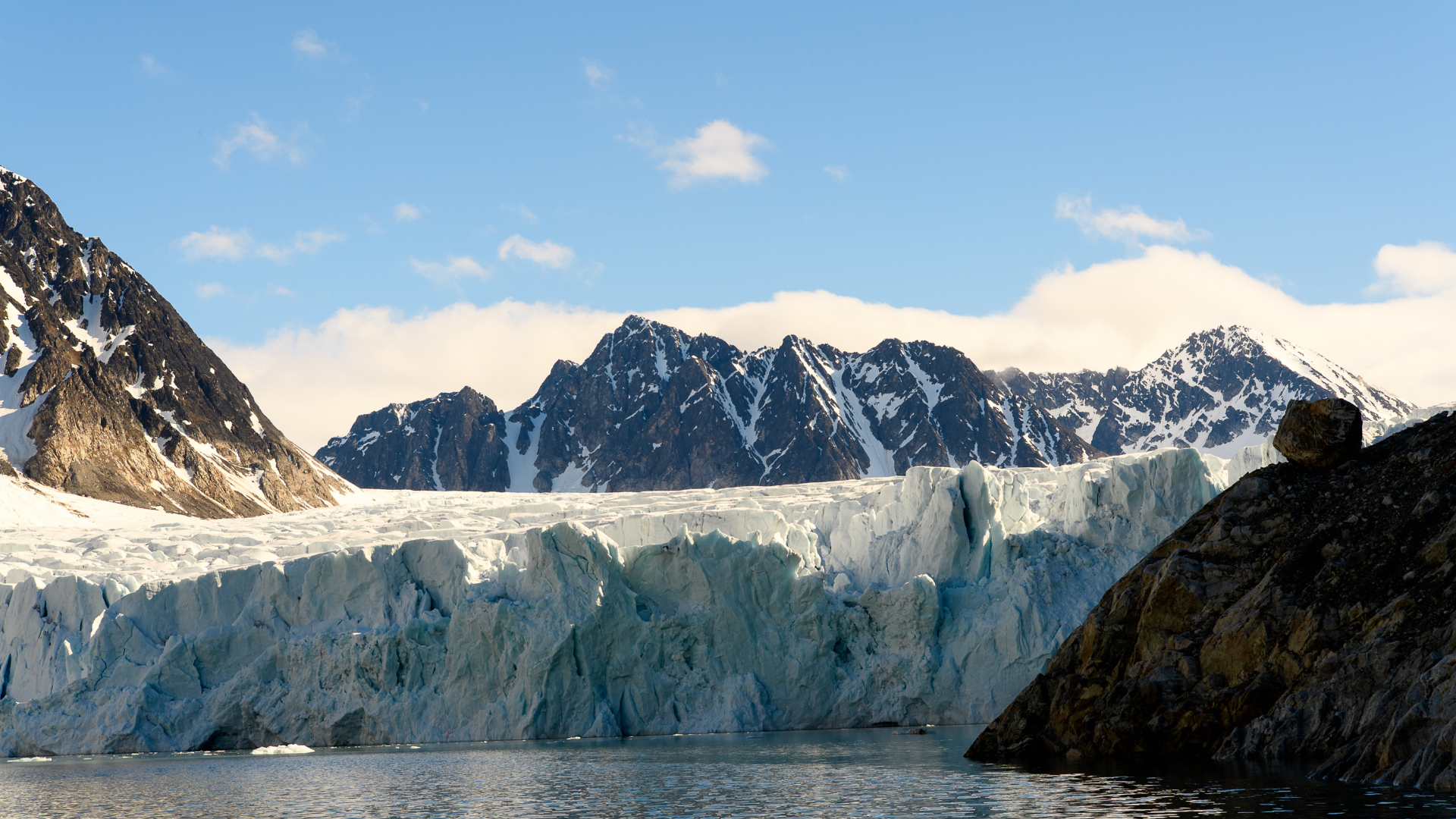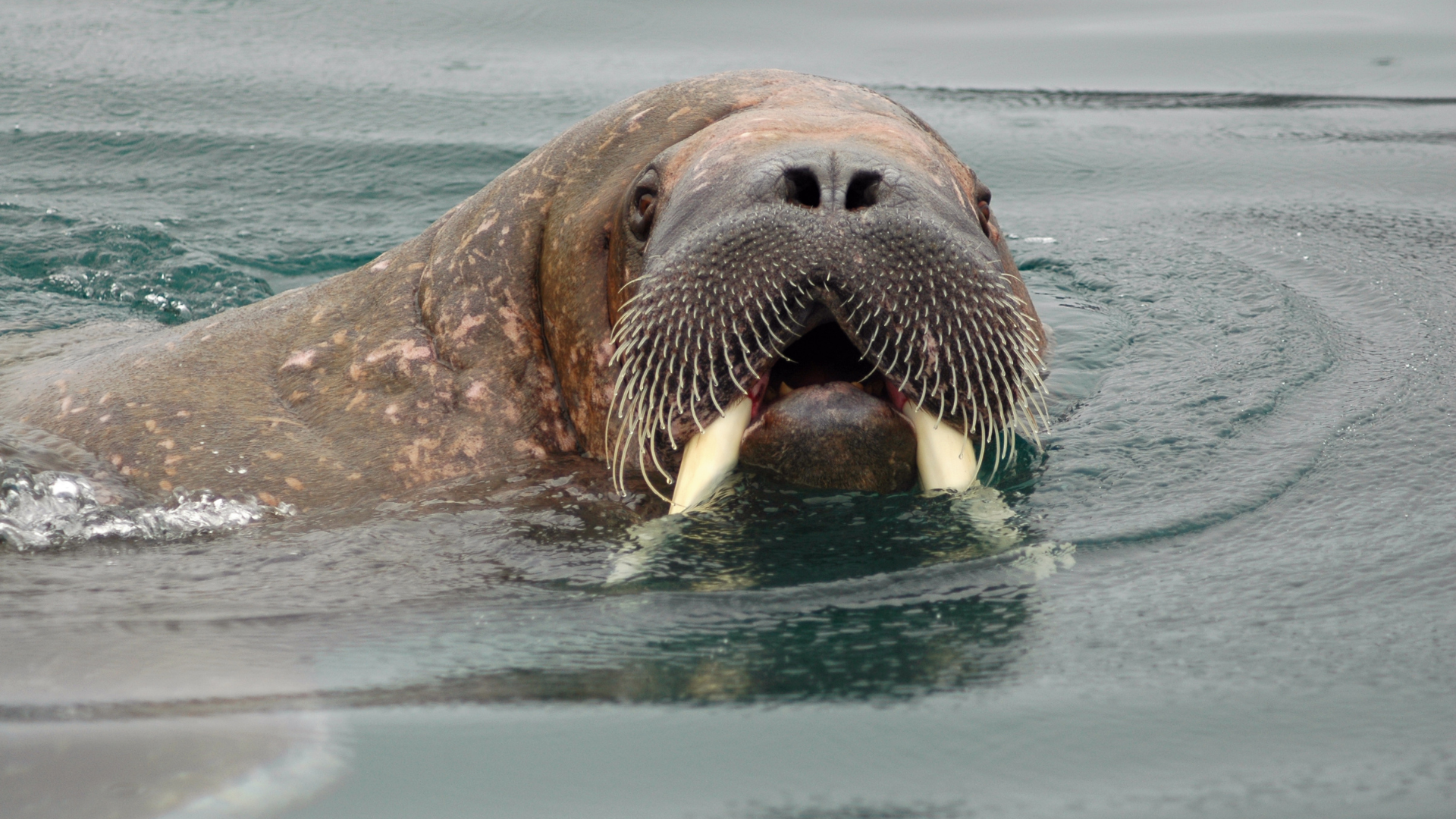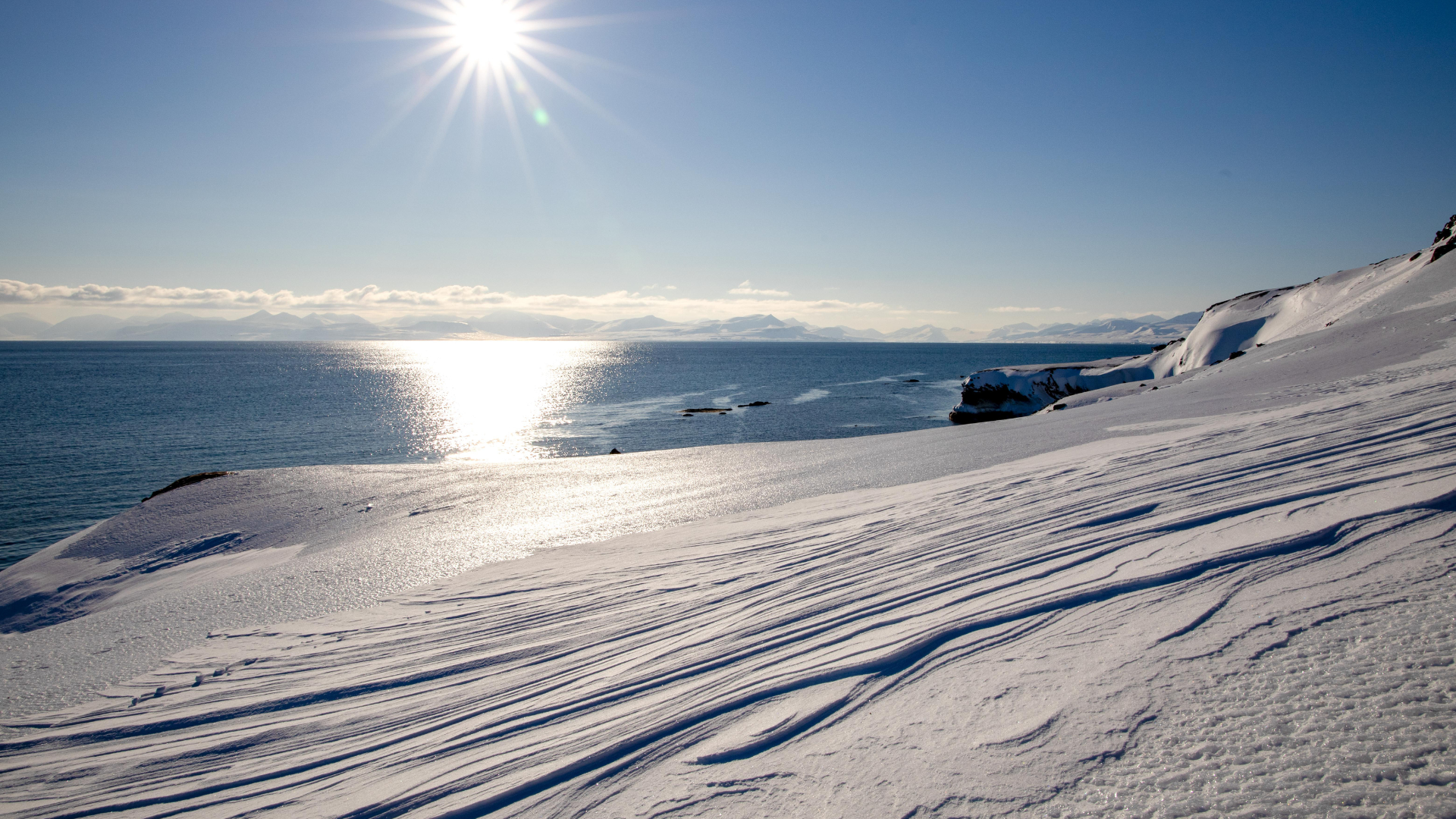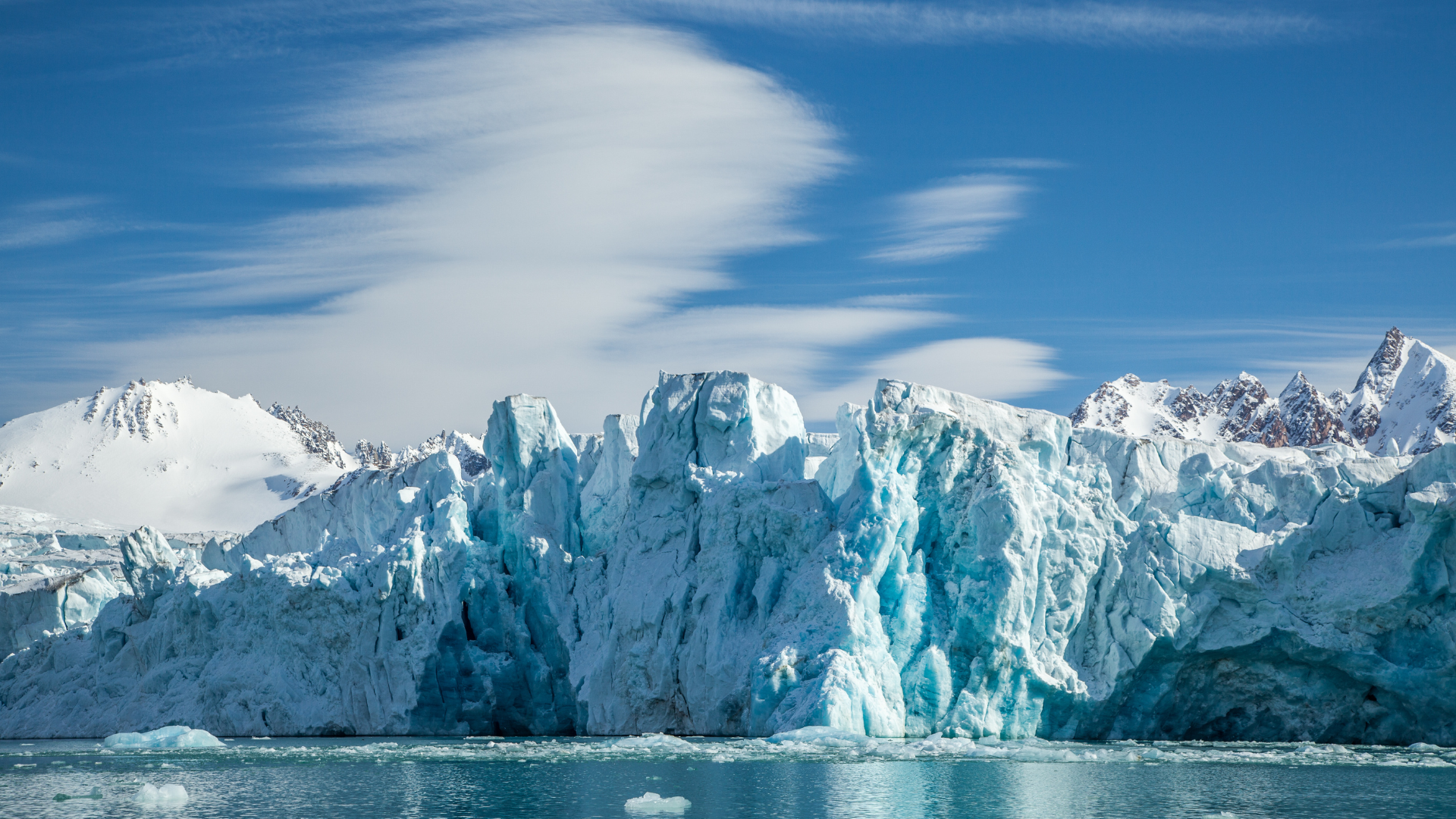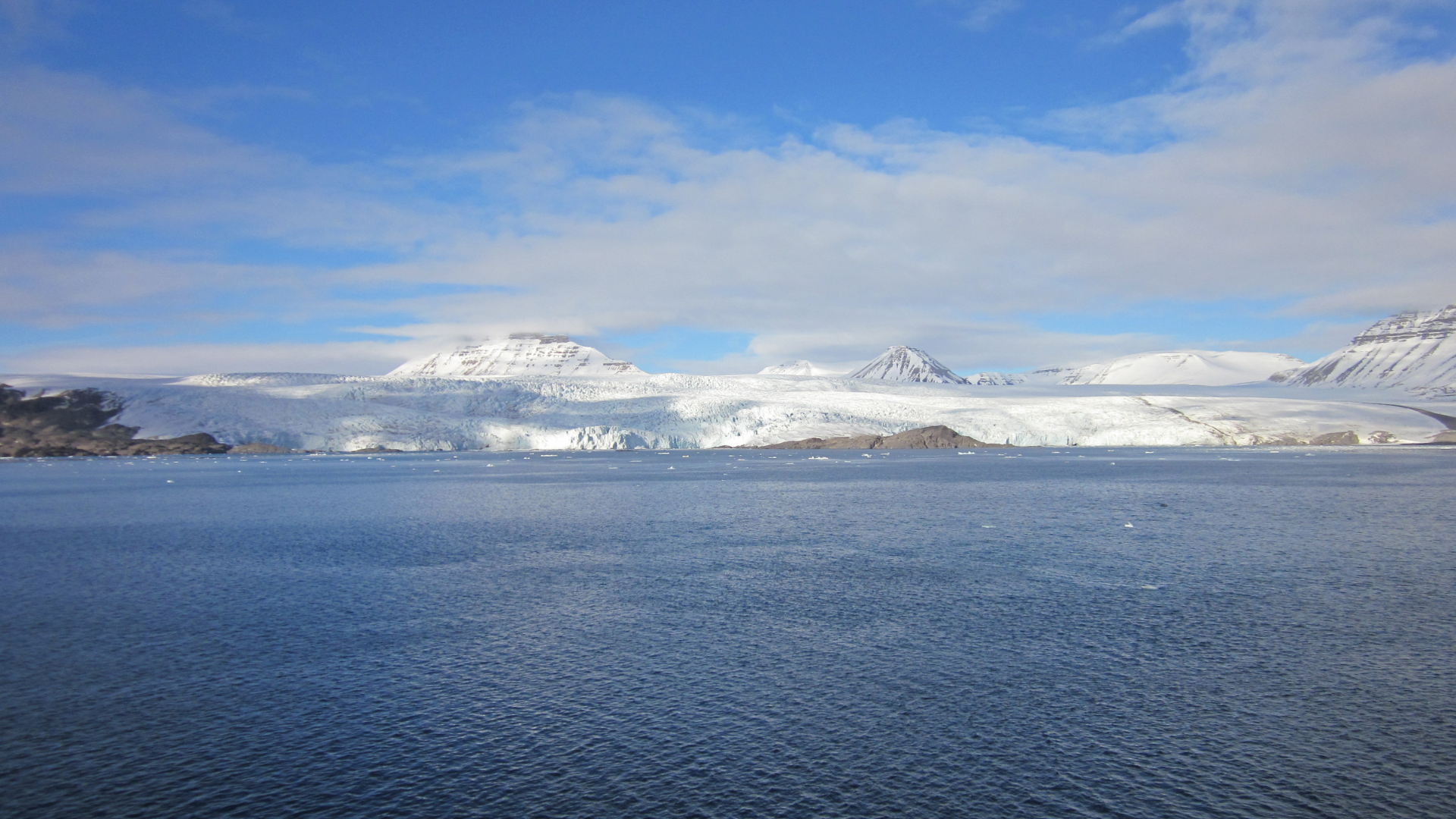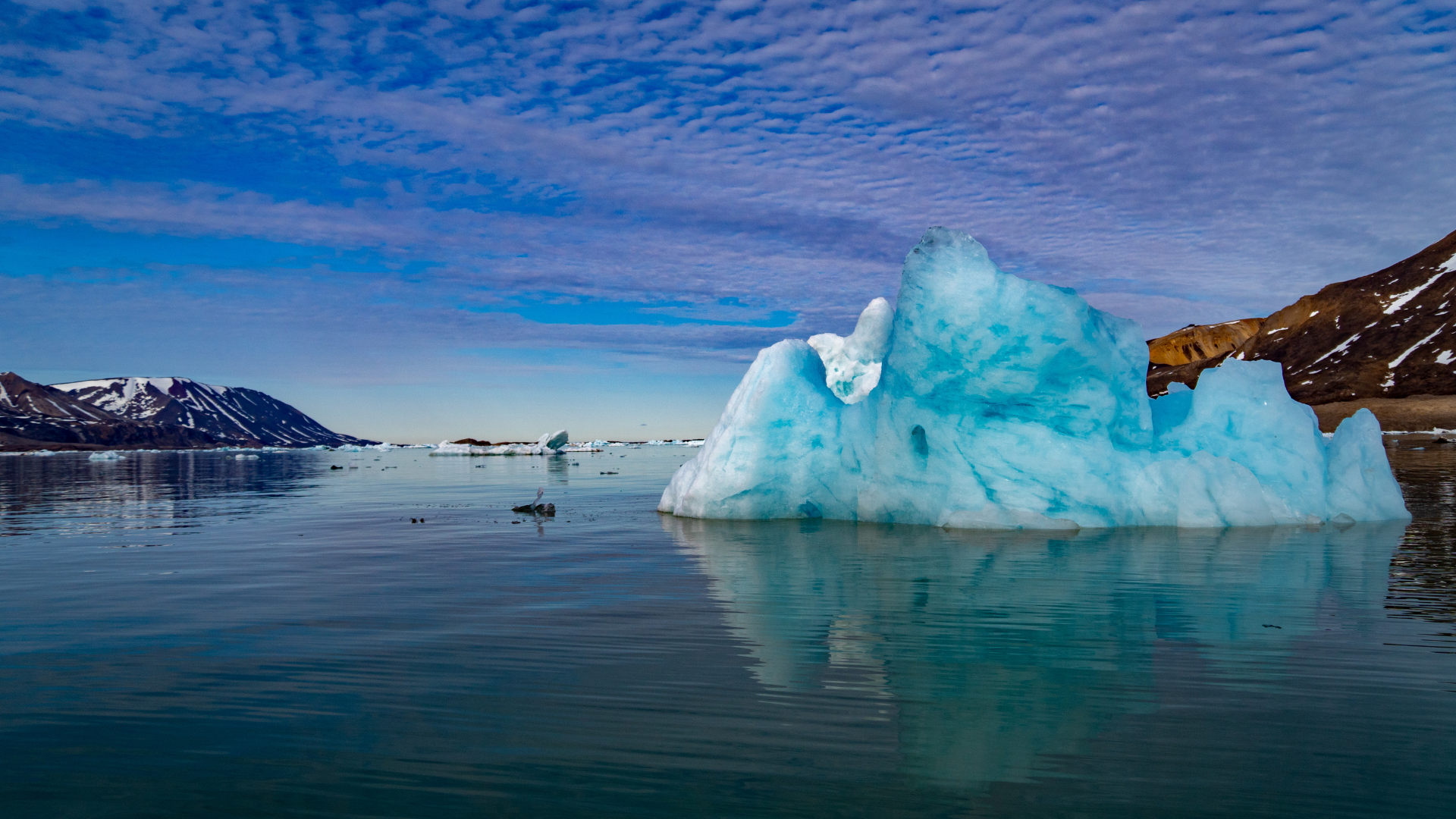It's Time To Explore Places That No One Has Been To
Spitsbergen: Preparing for the Weather in January
Spitsbergen: Preparing for the Weather in January
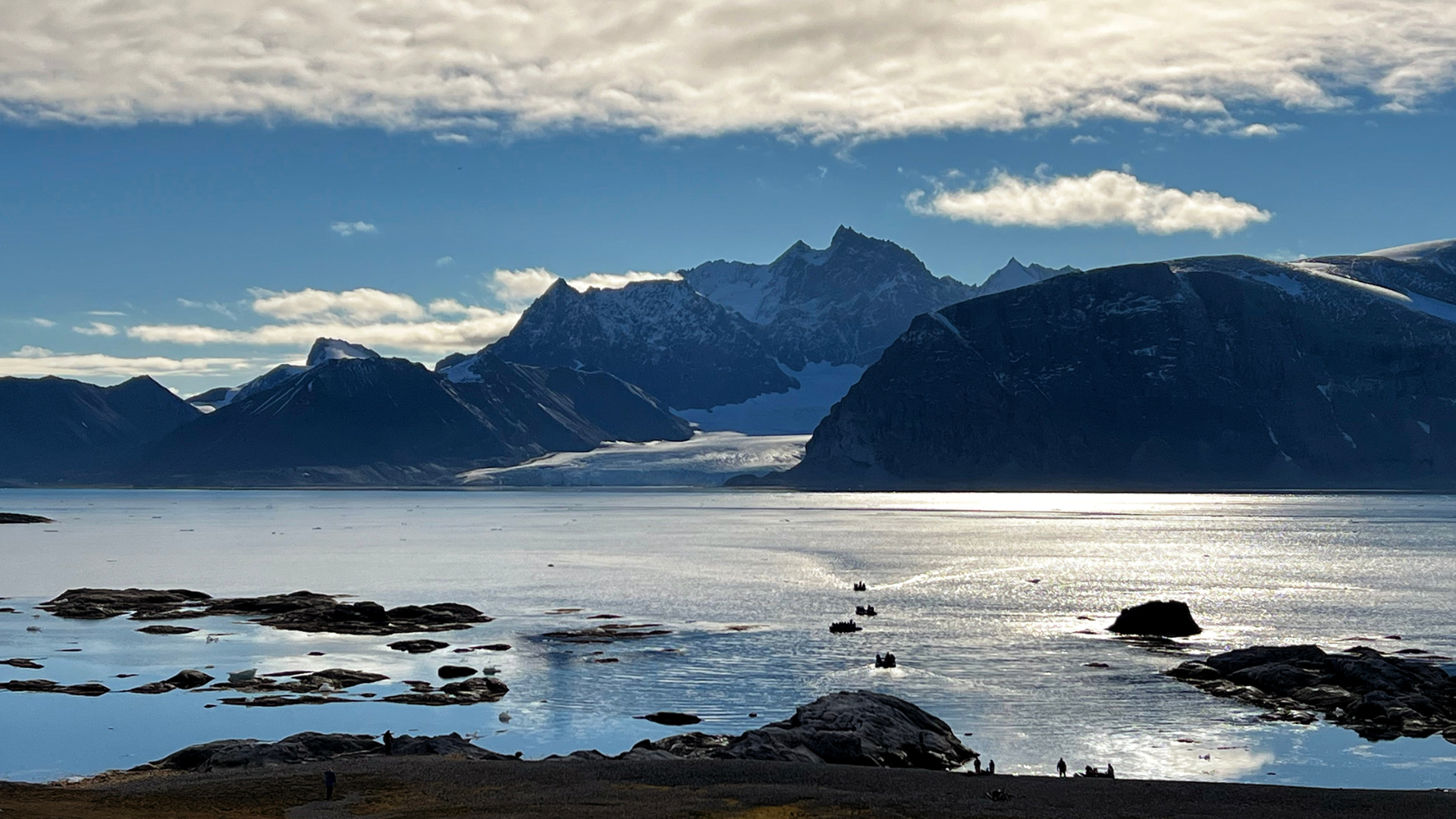
January in Spitsbergen offers a captivating yet challenging experience as the Arctic landscape is blanketed in deep snow, and the polar night is in full effect. This month sees the coldest temperatures of the year, with averages ranging from -10°C to -20°C (14°F to -4°F) in many areas. Despite the harsh weather conditions, the enchanting beauty of the winter scenery draws travelers seeking adventure in one of the world's most unique environments. For those planning to visit, understanding how to prepare for the weather is crucial to ensure a safe and enjoyable experience.
Proper clothing is essential for anyone venturing into Spitsbergen during January. Layering is the key to staying warm and comfortable. The base layer should consist of moisture-wicking materials that draw sweat away from the body, preventing chills. Merino wool or synthetic fabrics are excellent choices for thermal underwear. On top of the base layer, insulating layers, such as fleece or down jackets, provide the necessary warmth. A waterproof and windproof outer layer is crucial to protect against the biting Arctic winds and any potential snow or rain.
Footwear is equally important when preparing for January weather. Insulated, waterproof boots with good traction are necessary for navigating the snowy and icy terrain. It's advisable to wear thick, warm socks made of wool or a blend designed for cold weather. Keeping feet dry and warm is vital, as frostbite can occur quickly in subzero temperatures. Additionally, bringing gaiters can help keep snow out of boots while hiking or snowmobiling.
Accessories play a significant role in staying comfortable during the harsh January conditions. A warm hat is essential to prevent heat loss from the head, as a substantial amount of body heat escapes through the scalp. A good-quality beanie or a balaclava provides excellent coverage. Scarves or neck gaiters can be used to shield the face from cold winds, while insulated gloves or mittens are critical for protecting hands. Mittens generally provide more warmth than gloves, but it's advisable to choose a pair that allows for dexterity if planning to engage in activities like photography.
Travelers should also consider the potential for changing weather conditions. The Arctic climate can be unpredictable, with sudden changes occurring throughout the day. Keeping an eye on weather forecasts and being prepared for wind, snow, or even mild temperatures will ensure a more enjoyable experience. Packing extra layers and keeping them accessible can help travelers adapt to varying conditions. A small backpack with essentials such as snacks, water, and a first aid kit is beneficial for any excursions.
Outdoor activities in January present a unique way to experience the stunning Arctic landscapes. Snowshoeing and cross-country skiing are popular options, allowing visitors to explore the snow-covered terrain at their own pace. Guided tours often provide necessary equipment and ensure safety while navigating the wilderness. For those seeking adventure, snowmobiling offers a thrilling way to cover greater distances and experience the vast expanses of Spitsbergen’s stunning scenery.
Wildlife enthusiasts can also find opportunities to observe the region's unique fauna. While January is not the peak season for polar bear sightings, visitors may still encounter these magnificent creatures in their natural habitat. Guided tours focus on safe viewing practices, ensuring that both travelers and wildlife remain undisturbed. Other animals, such as reindeer and Arctic foxes, may also be spotted, adding excitement to the journey.
Cultural experiences in Spitsbergen enrich the January visit. Longyearbyen, the archipelago’s largest settlement, offers a chance to learn about local history and culture. Museums highlight the region’s mining heritage and the impact of climate on the community. Local shops provide unique souvenirs and crafts made by local artisans. Engaging with the culture enhances the overall experience, creating a deeper appreciation for life in this remote Arctic environment.
In addition to physical preparation, mental readiness is equally important when visiting Spitsbergen in January. The polar night means limited daylight, with only a few hours of twilight each day. While this creates a unique atmosphere, it can also affect mood and energy levels. Embracing the stillness and beauty of the winter landscape can help travelers make the most of their time in this enchanting Arctic region. Engaging in activities, socializing with fellow travelers, and enjoying the quiet beauty of the surroundings contribute to a fulfilling experience.
January in Spitsbergen presents a magical opportunity to explore one of the world’s last frontiers. With proper preparation for the cold weather, travelers can safely enjoy a wide range of activities, from wildlife observation to cultural exploration. The beauty of the Arctic landscape combined with the thrill of winter adventures creates lasting memories for those willing to embrace the cold. Spitsbergen's allure lies in its stark beauty and the chance to experience life at the edge of the world, making every moment spent in January truly unforgettable.
Want to travel to Svalbard?
It’s easy, just leave your details here and we will contact you
Sign up to our newsletter
We will get back to you as soon as possible
Please try again later
